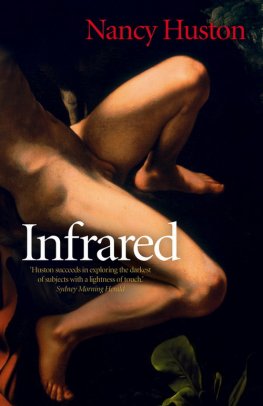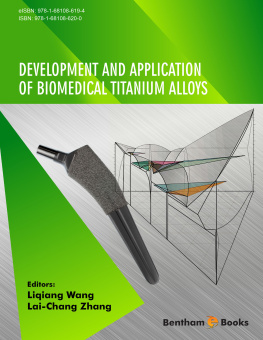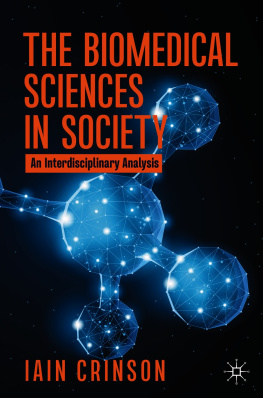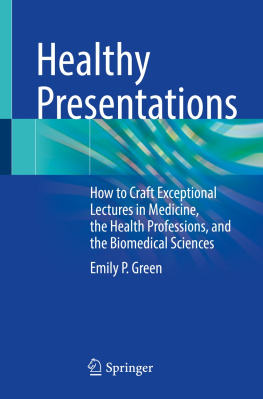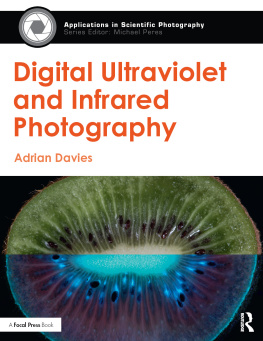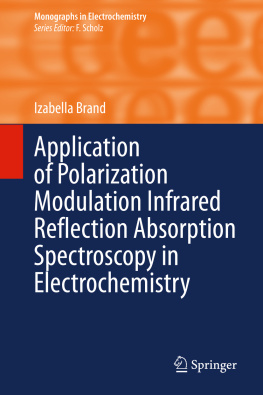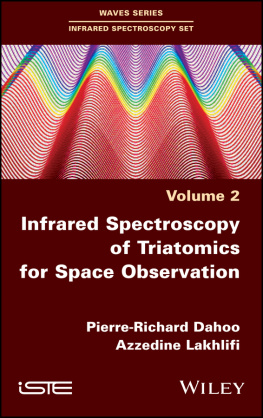Etehadtavakol Mahnaz - Application of Infrared to Biomedical Sciences
Here you can read online Etehadtavakol Mahnaz - Application of Infrared to Biomedical Sciences full text of the book (entire story) in english for free. Download pdf and epub, get meaning, cover and reviews about this ebook. City: Singapore, year: 2017, publisher: Springer Singapore, genre: Romance novel. Description of the work, (preface) as well as reviews are available. Best literature library LitArk.com created for fans of good reading and offers a wide selection of genres:
Romance novel
Science fiction
Adventure
Detective
Science
History
Home and family
Prose
Art
Politics
Computer
Non-fiction
Religion
Business
Children
Humor
Choose a favorite category and find really read worthwhile books. Enjoy immersion in the world of imagination, feel the emotions of the characters or learn something new for yourself, make an fascinating discovery.
- Book:Application of Infrared to Biomedical Sciences
- Author:
- Publisher:Springer Singapore
- Genre:
- Year:2017
- City:Singapore
- Rating:5 / 5
- Favourites:Add to favourites
- Your mark:
- 100
- 1
- 2
- 3
- 4
- 5
Application of Infrared to Biomedical Sciences: summary, description and annotation
We offer to read an annotation, description, summary or preface (depends on what the author of the book "Application of Infrared to Biomedical Sciences" wrote himself). If you haven't found the necessary information about the book — write in the comments, we will try to find it.
Application of Infrared to Biomedical Sciences — read online for free the complete book (whole text) full work
Below is the text of the book, divided by pages. System saving the place of the last page read, allows you to conveniently read the book "Application of Infrared to Biomedical Sciences" online for free, without having to search again every time where you left off. Put a bookmark, and you can go to the page where you finished reading at any time.
Font size:
Interval:
Bookmark:
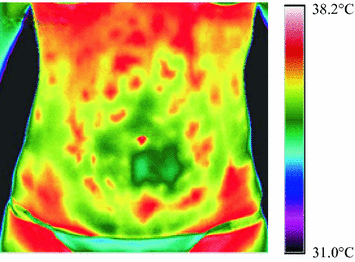
- Imaging should be done before planning for endoscopy, to eliminate any potential influence of bowel cleansing and endoscopic mechanism.
- Imaging can be done in two interval times: before beginning the therapy and after the patient had attained the remission, as reported by clinical, laboratory and endoscopic evaluation [].
- The imaging itself can be progressed in this way;
- i. Patients position in front of the camera, approximately at 1 m; so that the whole abdomen was captured by the camera lens.
- ii. Patients are undressed and requested to stand in front of the camera not touching there abdomen for the sake of attaining thermal equilibrium .
- iii. The process takes about 510 min.
- iv. Consequently to attain equilibrium the patients abdomen is cooled with alcohol and then interval thermal image can be taken after equilibrium is attained again.
- v. Differences in thermal patterns and peak temperatures are captured.
- vi. Taken thermal images can be divided into four quadrants representing colonic segments: rectosigmoid, descending colon, transverse colon, and descending colon.
- vii. The same process of thermal imaging can be performed before beginning of therapy and consequently to achieve clinical remission of the disease.
- viii. Differences in observed thermal patterns and peak temperatures can be compared.
- i.
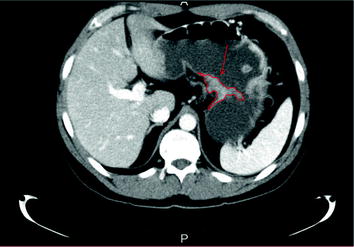
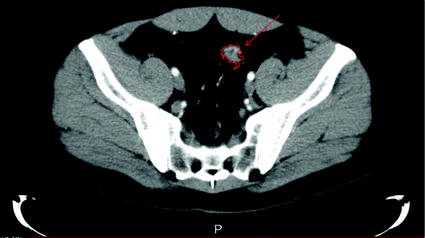
Font size:
Interval:
Bookmark:
Similar books «Application of Infrared to Biomedical Sciences»
Look at similar books to Application of Infrared to Biomedical Sciences. We have selected literature similar in name and meaning in the hope of providing readers with more options to find new, interesting, not yet read works.
Discussion, reviews of the book Application of Infrared to Biomedical Sciences and just readers' own opinions. Leave your comments, write what you think about the work, its meaning or the main characters. Specify what exactly you liked and what you didn't like, and why you think so.


